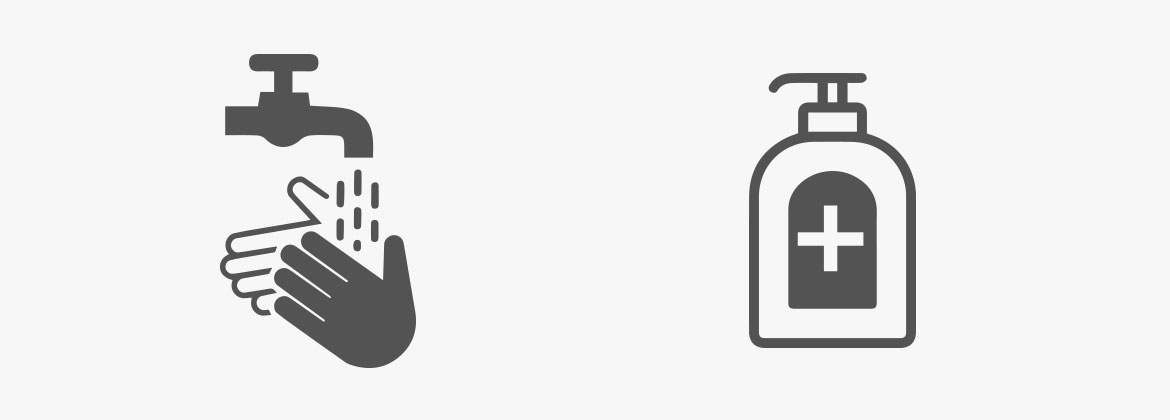KEEP YOUR MIC CLEAN AND GERMS AT BAY
Much of the time, microphones are used in situations where germs can spread with ease. This can especially be the case in theatre and broadcast situations with many different users using mics held or placed close to the mouth. In all situations, cleaning your mics regularly is a good idea for everyone.
Here are some guidelines from DPA Microphones that you can follow to keep your microphones in great working order and make sure they are hygienic for users. Remember, the most effective way to keep everyone around you healthy and happy is to practice good hand hygiene.

Miniature & Subminiature Lavaliers and Headsets
DPA have created short instructions on how to clean DPA Miniature, Subminiature, 4099 Instrument and Headset Microphones. These instructions work for both omnidirectional and directional mics. Cleaning of mics should be done without grids, caps or foam screens for a proper rinse and to allow the water to evaporate fully when drying out. No cleaning fluids should be used - you will only need demineralised water.
Alternatively, let the microphone dry out on its own after use for 72 hours or place it in an oven at 60°C (140°F) for 30 minutes (please note, this will age the microphone a bit). This process will not clean the microphone but it will allow time for any germs to die.
Please note that the video below was made a few years ago. Since then, DPA have done more thorough testing and have discovered that the cleaning guidelines work for both our omnidirectional and directional mics. Despite the title and text, this video shows how you can clean ALL of your DPA Miniature, Subminiature, Headset and 4099 Instrument Microphones. DPA are planning to remake the video in the near future to avoid any confusion.
Headsets, clips, booms, grids and adapters can be wiped down on their surface with a cloth moistened sparingly with isopropyl alcohol.
Handheld and Pencil Microphones
These microphones can be wiped down on their surface with a cloth moistened sparingly with isopropyl alcohol.
Alternatively, let the microphone dry out on its own after use for 72 hours or place it in an oven at 60°C (140°F) for 30 minutes (note that this will age the microphone a bit). This process will not clean the microphone but it will allow time for any germs to die.
Cables
Cables cannot tolerate alcohol, but coconut oil is known for its disinfectant properties and can be used instead. Otherwise, DPA recommend gently washing them in warm water and soap or rubbing them with olive oil.
Foam Windscreens
Foam windscreens for miniatures and headsets as well as larger mics can be removed and washed with warm water and soap.
Alternatively they can be removed and left to dry out on their own for 72 hours. This process will not clean the foam windscreen but it will allow time for any germs to die.